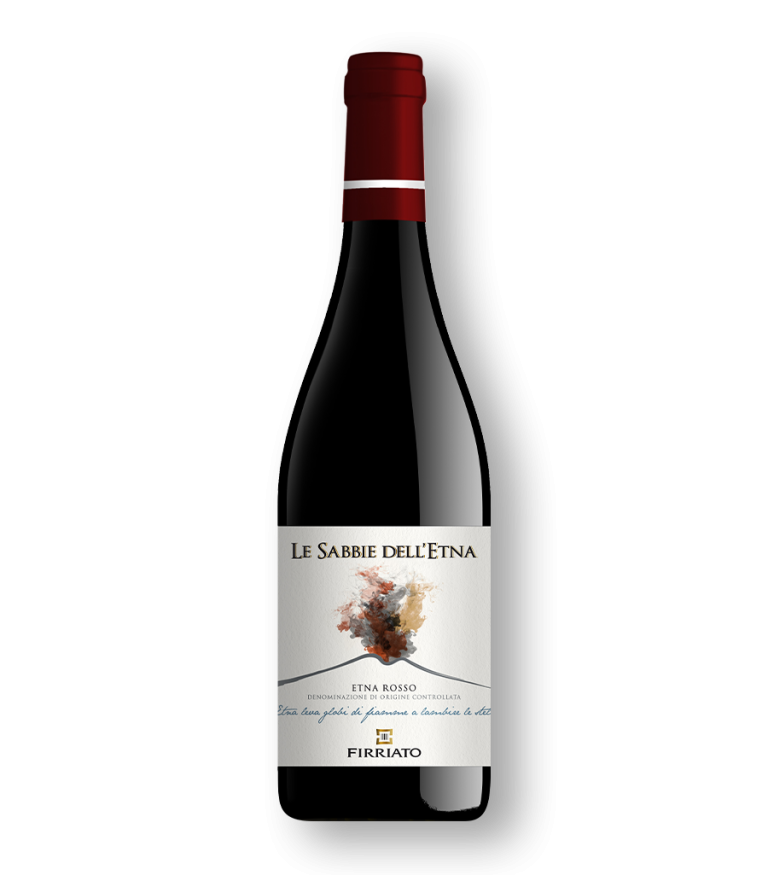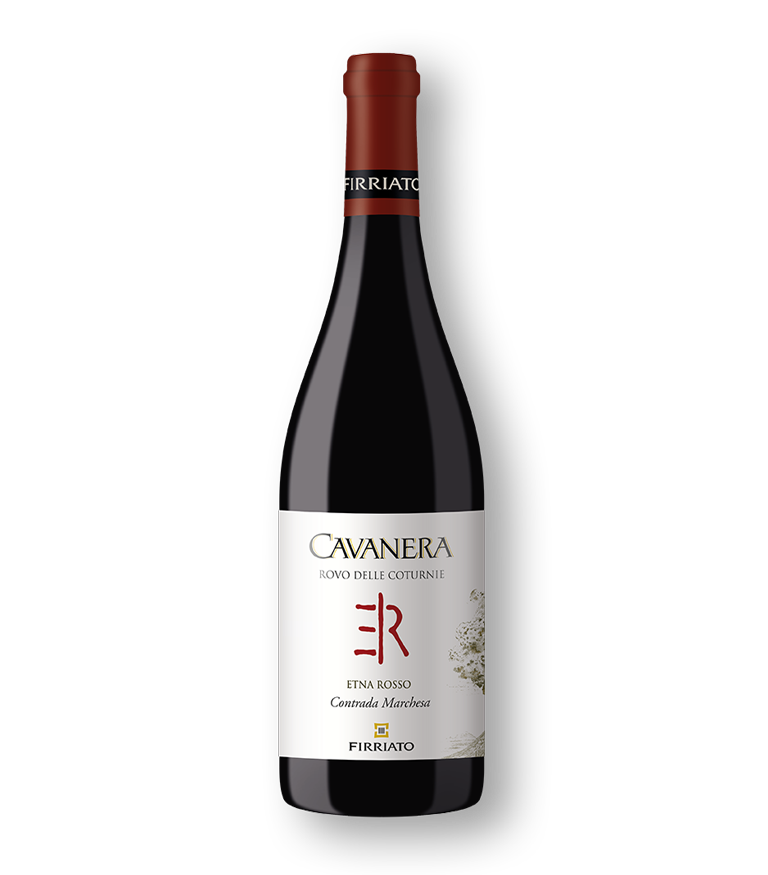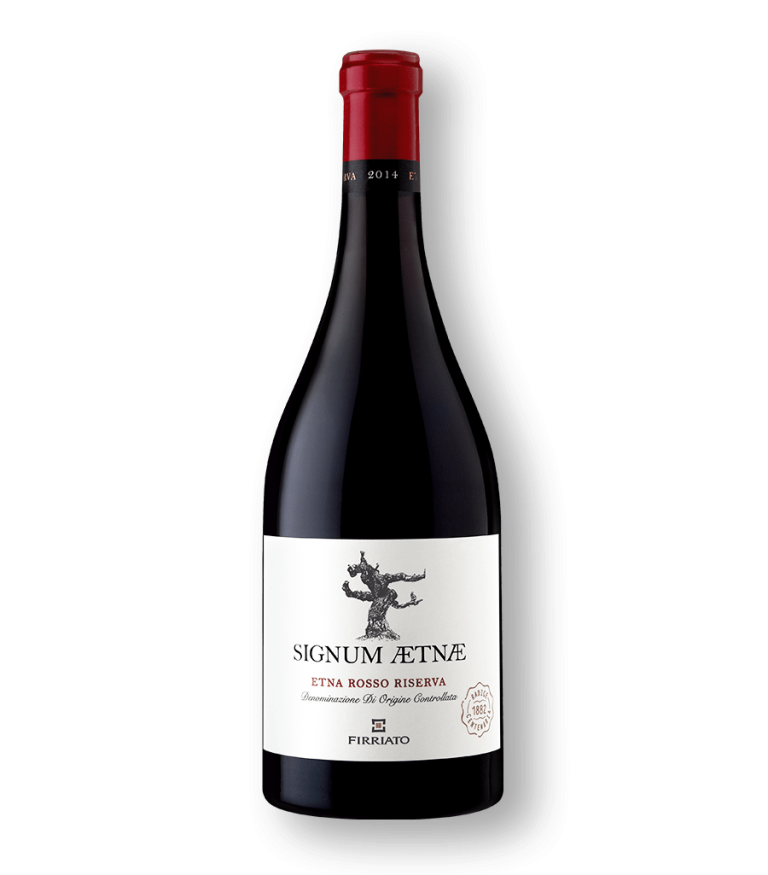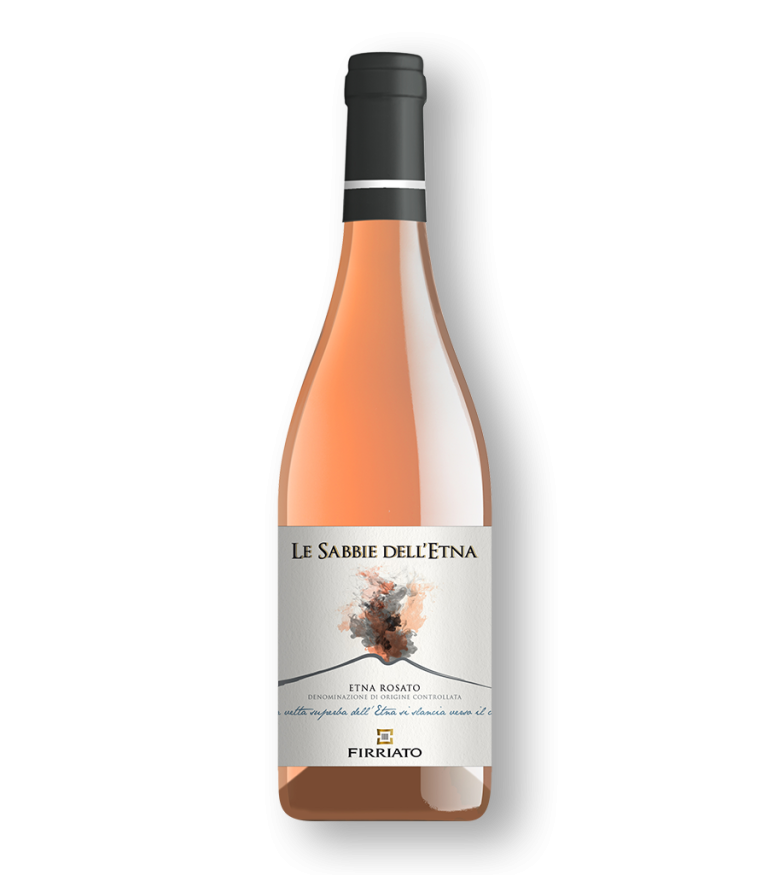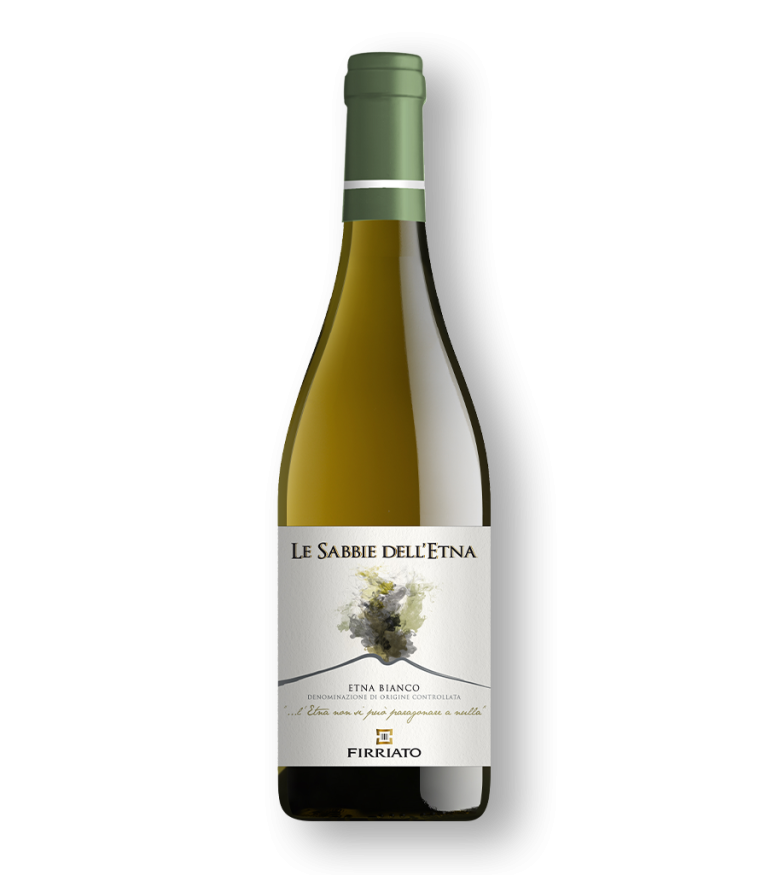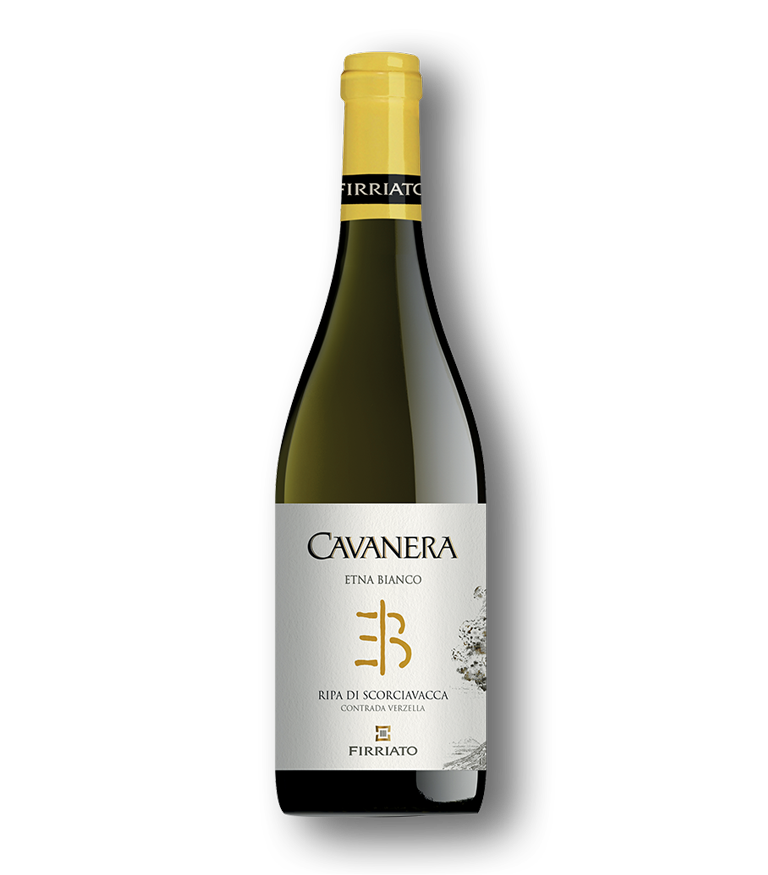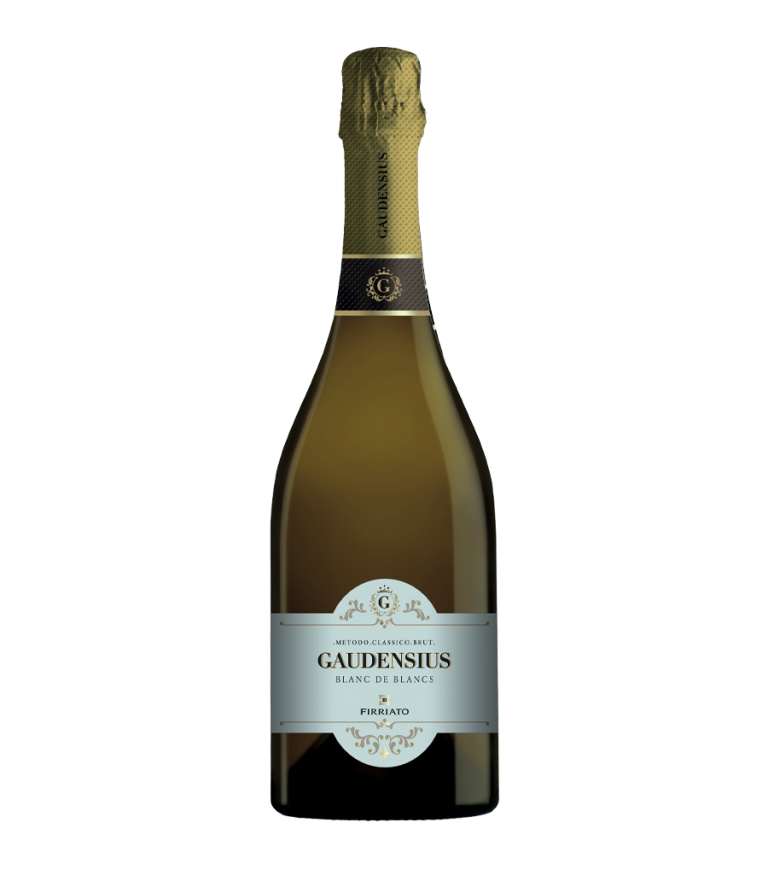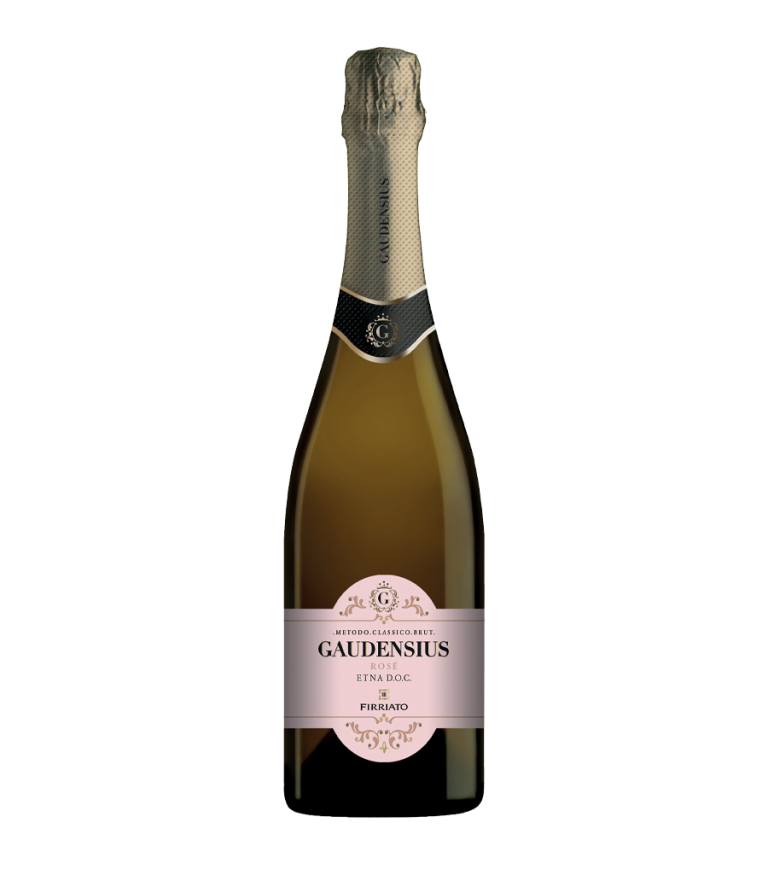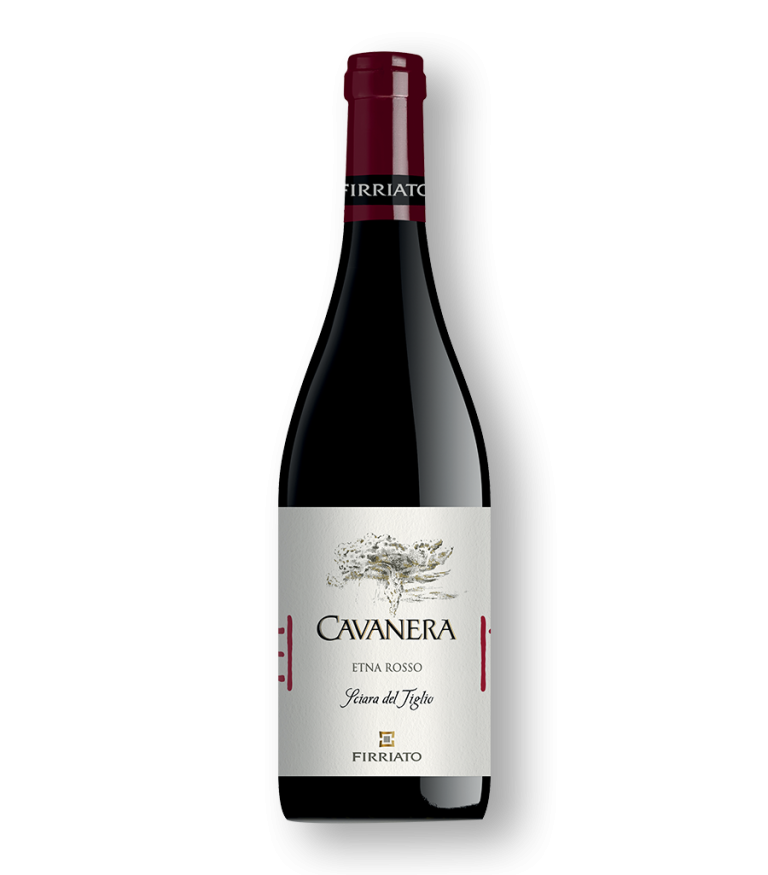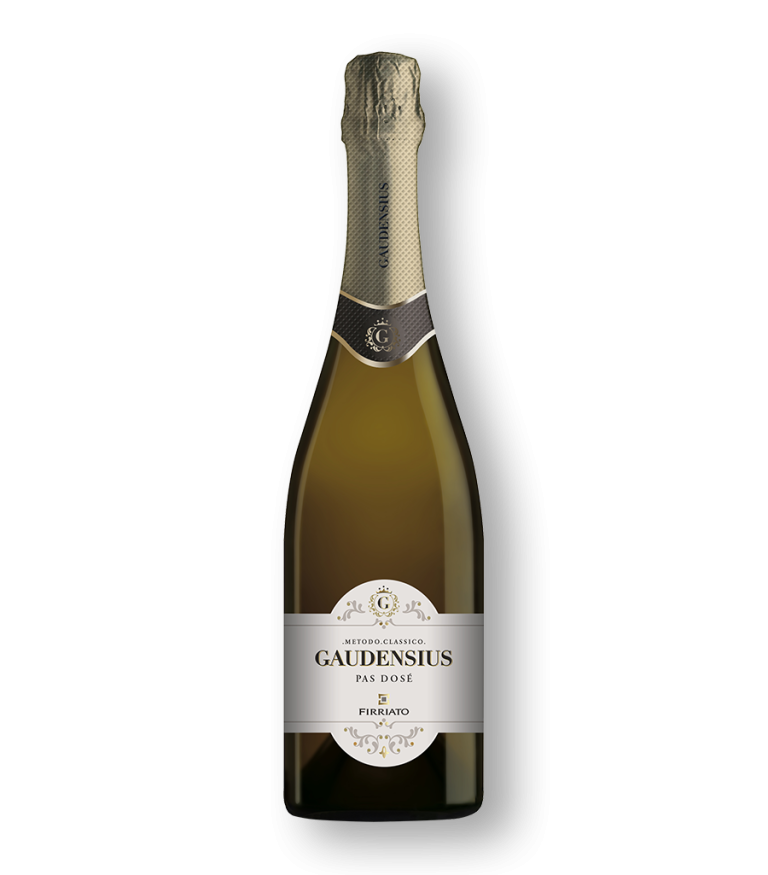FIRRIATO'S ETNA WINES
DISCOVER ALL THE WINES
DISCOVER the vines
carricante
history
The archaeologist Domenico Sestini was the first, in the 18th century, to talk about the origins of this vine born among the sandy lands of Castiglione di Sicilia. In addition to the etymology, linked to the high yields and the constant production of bunches (between 5,600/5,800 kg per hectare), again through Sestini we know that, in ancient times, Carricante-based wines were left to rest on the lees inside the barrels to induce malolactic fermentation and smooth out the acidity.
diffusion
On the island, the cultivation of Carricante is limited to the eastern part, especially in the Catania area, with a greater presence on the eastern and southern slopes of Etna. Also widespread in other areas of Italy, of the approximately 264 hectares of vineyards allocated to it in 2008 at a national level, 101 were in Sicily.
descriptive of the plant
The bunches are medium-large in size, with a slightly conical cylindrical shape, medium sparse. The grape has a yellow color tending towards greenish, with slight orange nuances.
- SPECIES: Vitis Vinifera
- GRAPE VARIETY: Carricante
- OTHER NAMES: White Catanese, white Nocera.
- VINE REGISTRATION DATE: dal 1970
- HARVEST PERIOD: medium-late from the end of September to mid-October on Etna
- LAND WHERE IT CAN GROW: Volcanic soils, with basaltic texture and presence of allophane clays, with good thermal conduction; Hilly soils of clayey matrix of marine origin.
- CULTIVATION METHOD: Counter-espalier with bilateral permanent spurred cordon pruning (royat)
DISCOVER the vines
Nerello Cappuccio
history
As it grows, the foliage of this particular variety “hoods” the bunches, covering them completely. Hence Nerello Cappuccio, a vine identified in the 18th century through ampelographic studies in the Catania area and which we find planted at a latitude between 350 and 900 meters above sea level. Protagonist of prosperous cultivation in the past, it was increasingly set aside until it risked its disappearance; however, today, Firriato has recognized its appreciable qualities in winemaking: the resulting glass is a pure expression of the inhospitable and organically rich territories of Etna, the highest volcano in Europe.
diffusion
It is on the slopes of Etna that Nerello Cappuccio finds the optimal conditions for its late ripening. Less widely, we also encounter it in the territories of Agrigento, Enna and Caltanissetta, with some sporadic presence in the Messina and Ragusa areas.
descriptive of the plant
The bunch is medium long and the berries, well compact, have a dark blue pruinous surface.
- SPECIES:Vitis Vinifera
- GRAPE VARIETY: Nerello Cappuccio
- OTHER NAMES: Niureddu, Ammtiddatu, Matiddatu Niuru
- VINE REGISTRATION DATE: dal 1970
- HARVEST PERIOD: Late variety, from the first to the third ten days of September
- LAND WHERE IT CAN GROW :Drought hilly soils with a calcareous, clayey and volcanic texture characterized by a sandy loam matrix with high draining capacity
- CULTIVATION METHOD: Counter-espalier with spurred cordon pruning/Guyot in the Trapani countryside and Counter-espalier with permanent bilateral spurred cordon pruning (Royat) on the slopes of the volcano
DISCOVER the vines
Catarratto
history
The friar and botanist Francesco Cupani, in his work Hortus catholicus, was the first to mention the cultivation of Catarratto, he traced two types, the Common White Catarratto and the Lucid White Catarratto, but more recent ampelographic studies and DNA analysis have revealed how they are two clones of the same variety. Other studies and research have also confirmed Catarratto as the progenitor, together with Zibibbo, of another white grape variety typical of the island: Grillo.
diffusion
If it is not surprising that other Italian regions register its breeding, one might be surprised to discover that this variety, very concentrated between the provinces of Trapani, Palermo and Agrigento (with a presence in the Etna area), is, albeit minimally part, also cultivated in California. The eclectic nature of the pedoclimatic conditions of the terroirs in which it is planted gives the idea of a spirit of adaptation that allows it to grow even on the slopes of Etna, where it is harvested later than in the areas of western Sicily.
descriptive of the plant
The bunch is medium-large in size with pyramidal development. The grapes are compact and spherical, yellow in color with green shades.
- SPECIES: Vitis Vinifera
- GRAPE VARIETY: Catarratto
- OTHER NAMES: Catarratto Bertolaro, Catarratto Lu Nostrum, Catarrattu, Catarrattedu
- VINE REGISTRATION DATE: dal 1970
- HARVEST PERIOD: I-II decade of September (Favignana/Agro di Trapani), 2nd of October (Mount Etna)
- LAND WHERE IT CAN GROW: Limestone-clayey, Quaternary calcarenite with presence of marine fossils, sandy loam of volcanic matrix
- CULTIVATION METHOD: Counter-espalier with spurred cordon pruning/Guyot, supported sapling, counter-espalier with bilateral permanent spurred cordon pruning (Royat)
DISCOVER the vines
Nerello Mascalese
history
Nerello Mascalese from Mascali, a plain on the eastern part of Etna. From there came the farmers who, around 1800, mentioned it for the first time. Today, through ampelographic DNA analyses, we know that it could be the result of a natural cross between the Sangiovese and Mantonico Bianco vines.
diffusion
This variety is cultivated above all in the macro-area of insular Italy, in the Mediterranean area, with peaks in the Etna area all around the province of Catania.
descriptive of the plant
The bunch is large and conical, with a thick, intense blue skin and a medium-sized, slightly elongated berry. Production, normally abundant, is concentrated in the weeks between October and November.
- SPECIES:Vitis Vinifera
- GRAPE VARIETY: Nerello Mascalese
- OTHER NAMES: Mascalese Nera, Mascalisi, Nerello Calabrese, Nerello Paesano
- VINE REGISTRATION DATE: dal 1971
- HARVEST PERIOD: Late maturation, harvested even until November
- LAND WHERE IT CAN GROW:Volcanic soils, with basaltic texture and presence of allophane clays, with good thermal conduction
- CULTIVATION METHOD: Sapling or counter-espalier with bilateral spurred cordon pruning (royat)


